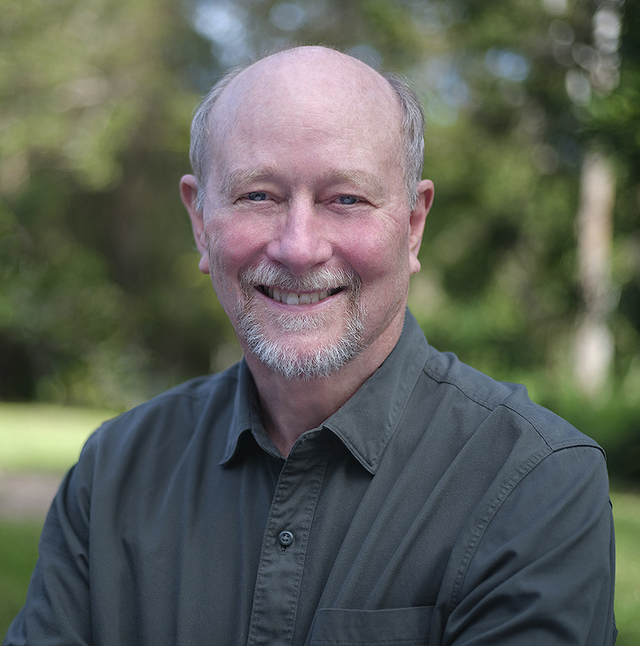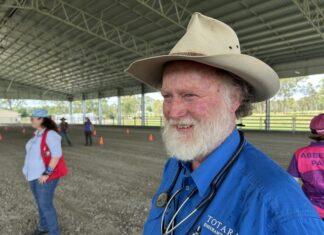In Rob Neely’s opinion, Noosa is overpopulated, not by tourists, but by residents (NT 18 July). But is this true?
Noosa is approaching its aspirational “population cap” of 60,000 people. When this was proposed by council, around 20 years ago, it was not assumed we would have to deal with an annual visitor population of over two million. And it’s now clear such a cap is not legally or practically straightforward. In fact, Noosa’s planning scheme aims to limit the dwelling yield and maintain a low-rise, low-density built environment. This indirectly controls population growth by restricting housing supply.
The problems
It’s pretty obvious, that with day visitors making up over half of our visitors, we are in trouble as far as providing infrastructure for our resident population, let alone visitors coming to stay here. And since it is estimated 2.2 million extra residents will settle in Southeast Queensland over the next 20 years, this alone has the potential to significantly amplify daily congestion and infrastructure issues here.
Population equivalents (or visitor load factors) are often used in water, waste, and traffic management. For example, 10,000 extra visitors in peak weeks can place the same demand on infrastructure as a 70,000+ permanent population. And our geography restricts our ability to widen roads for bus lanes, or indeed build alternative entry points to popular destinations such as Hastings St and Gympie Terrace.
Neely also notes the growth of relatively new suburbs outside the shire, such as Peregian Springs and Peregian Breeze, which are home to around 11,000 residents. These people, he assumes, are “frequently commuting into Noosa for work, schools, shopping, and recreation”. But these day visitors are not shire residents, and he fails to mention the day visitors from other growing Sunshine Coast suburbs such as Coolum and places further south. Many of these people are employees and tradies who work in Noosa. In fact, these extra visitors have never been accurately counted in visitor statistics.
The short-term accommodation revolution, which has seen thousands of Noosa homes given over to visitor rentals, has split the coastal precincts asunder. It’s ironic that remaining residents in these suburbs are being told they are to blame for the traffic congestion.
While the tourism industry here would like to make excuses for continuing to promote Noosa to all visitors, and they often use the visitor economy to here to support their arguments, they ignore the obvious degradation of Noosa as a place to live. And they ignore reputational damage the Noosa brand is undergoing. While we might be Different by Nature”, we’re worse than many similar popular destinations in acting to improve the lives of our lifeblood, the residents.
The levers
Noosa council influences population growth through zoning laws, building height limits, and restrictions on residential development. It has tight limits on new subdivisions and a focus on protecting the natural environment. In fact, around 45% of the shire has environmental protection. Council’s influence on tourism growth has been very limited since it has effectively outsourced visitation promotion to Tourism Noosa. Over the past 10 years, around $25 million has gone their way with no effective oversight. A single councillor is nominated to sit on their board but, incredibly, they have never been given voting rights.
Neely’s call for “adopting transparent, evidence-based discussions about sustainable population limits, infrastructure investment, and cross-council collaboration” with adjacent councils is obviously hampered by an inability to accurately obtain this important data.
Right now, councillors are finally sitting down to discuss the formulation of the long-awaited Destination Management Plan. The original aim was to provide Tourism Noosa with firm marketing guidelines tied to KPIs. More recently their funding was reduced, slightly, and events management transferred to council. It turns out council will likely subcontract them to carry out this task!
Balancing tourism with community needs is no small task and it’s one with lasting implications for us all here. Curating a balance between residential amenity and the economy here requires true change from the laissez faire days past. Noosa has always looked to lead in environmental sustainability, but it hasn’t pulled off visitor sustainability. Unfortunately for us, all our state governments have resisted planning autonomy for local governments, with the exception of the recently approved local laws for STAs.
The future
Neely is correct in saying, with overpopulation, “the consequences are evident: increased traffic congestion, strain on local infrastructure, diminished environmental quality and rising community frustration”. But to say, it’s a “continuous influx of permanent residents, not seasonal tourists that is overwhelmingly contributing to infrastructure strain” is speculative. Unequivocal assertions of “overpopulation” need to be put to rest for Noosa, since we’ve done so well in keeping our population at a sustainable level. It’s obvious to many residents overtourism, not overpopulation, is our biggest problem. We are the most sparsely populated shire in Southeast Queensland, so let’s not blame residents and ratepayers who suffer diminished amenity and pay twice, in that their rates are funding the “iconic” classy tourism infrastructure we provide for visitors. While other popular destinations worldwide are suffering from overtourism, many of these places have more levers to pull than us. However, this shouldn’t stop us from doing a better job for residents here.
Rod Ritchie
President
Cooroy Area Residents Association (CARA)







